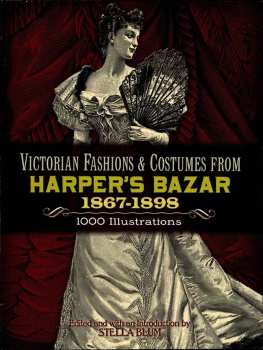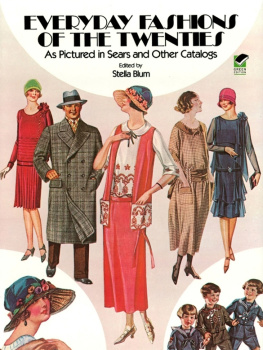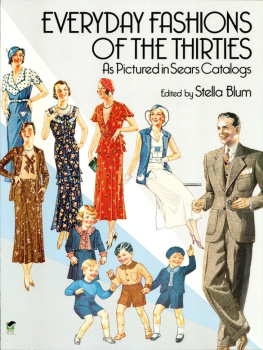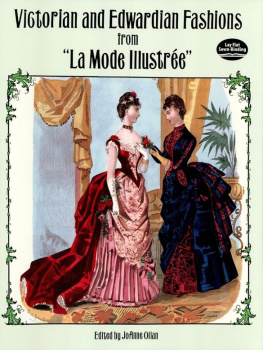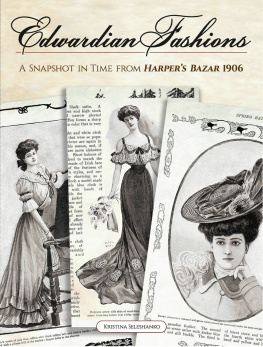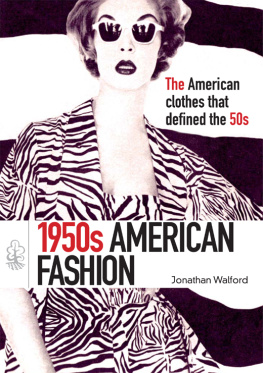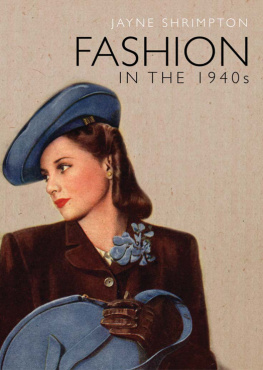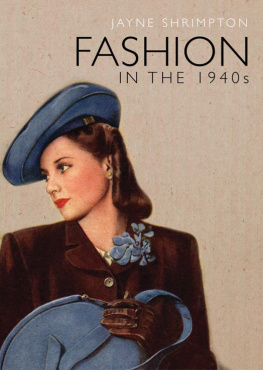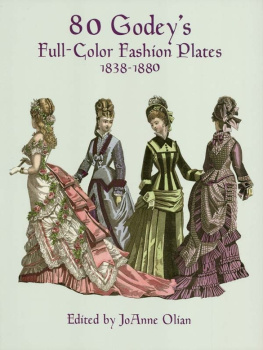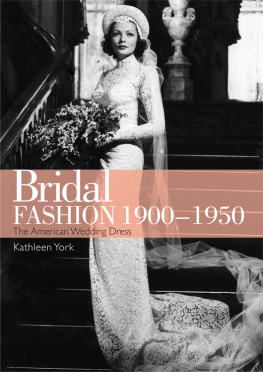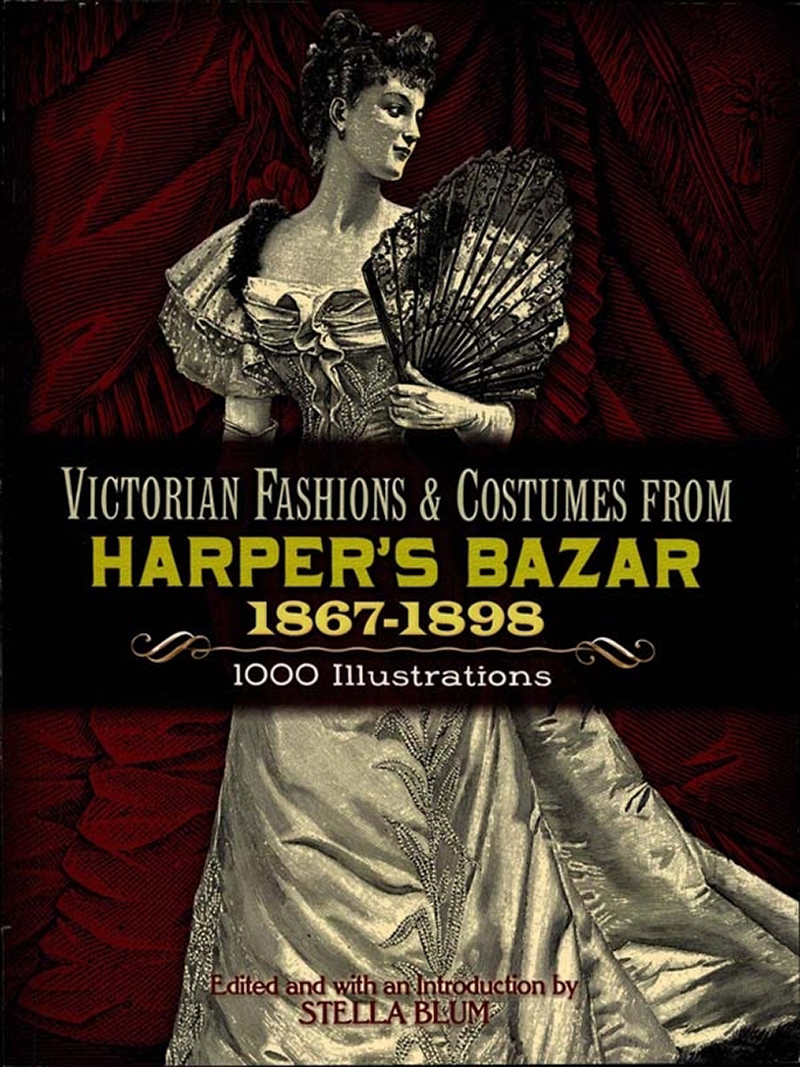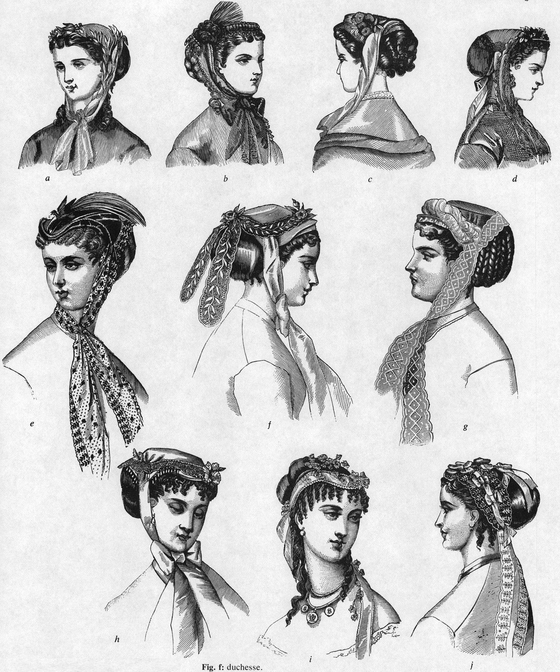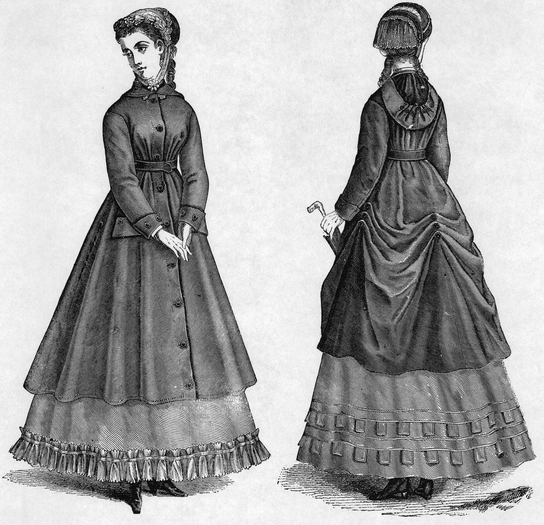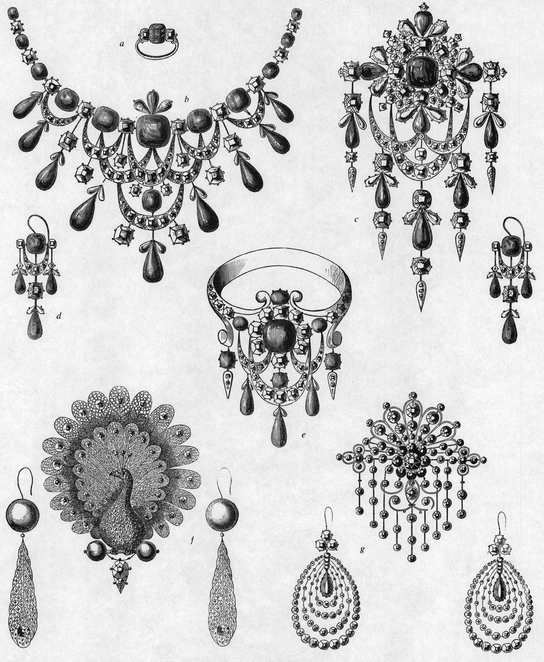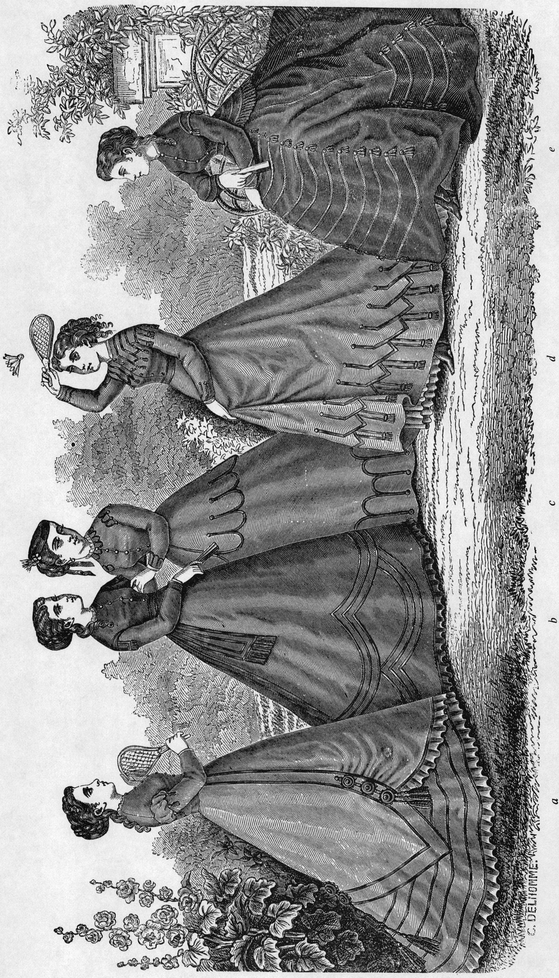I
BUSTLES AND PUFFS
1867-1874
Sometimes fashions take their direction from practical needs. In the late 1860s, women became more involved in activities outside the home. Because the prevailing fashions, with their long, cumbersome, dirt-collecting trains, presented a hinderance, a walking costume emerged in 1866. Although it did not alter the general style, skirts were looped for freer movement, exposing ankle-length petticoats or underskirts. Interestingly enough, the caught-up skirts produced round puffs, giving the former conical silhouette a look reminiscent of that of the late eighteenth century (Walking Dresses, p. 4). The designers drew heavily from the fashions of that period (Promenade and Carriage Toilettes, p. 17). It was no accident that costumes were named after Dolly Varden, a heroine from Barnaby Rudge, a popular book by Charles Dickens set in the eighteenth century (Dolly Varden Walking Suit, p. 51).
The world of fashion was jolted in 1870. The Franco-Prussian War put a sudden end to the glittering Second Empire and the trend-setting court of the Emperor Napoleon III and the Empress Eugnie. During the war many of the French couturiers fled to Brussels, where they continued to work. Emmeline Raymond, Harpers own correspondent took to her heels and fled to Germany, but she was soon back at her post, reporting on French styles, and Paris once again dictated fashion.
Lacking a luxurious court to set styles, fashion turned to the theater, with its performers and fantasies, as a source of inspiration. In this process, fashion became increasingly more eclectic. Emulating the past, women dressed in costumes that might have been designed to be worn on the stage. Some appear to have been inspired by the Italian Renaissance (Fig. b, Street and Dinner Dresses, p. 16), others by painters such as Van Dyck (Opera Toilette, p. 47; Walking Dress, p. 61). Pendant sleeves similar to those popular in the late sixteenth and early seventeenth centuries were used (Visiting Toilette, p. 22). The shoulder mantle can be seen in Northern European paintings of the early seventeenth century (House Dress, p. 26; Visiting Toilette, p. 53; Spring Suit, p. 67). Chenille balls were used in an imitation of the lavish Elizabethan application of pearls (Evening Toilette, p. 62). Fashions of the period also have counterparts in the Galerie des Modes et Costumes Franais, one of the earliest publications devoted primarily to fashion, printed in Paris, 177887 (Figs. a and c, Street and Dinner Dresses, p. 16; Walking Suit, p. 24; Sea-side Costume, p. 27; Evening Toilette, p. 63; Watering-place Costume, p. 66; Reception Dress and Carriage Dress, pp. 6869).
There were also gowns that were pure confection. Looking like mounds of spun sugar candy, they were lavishly trimmed with artificial flowers, ribbons, etc. (Evening Toilettes, pp. 49, 71). By 1872, the trend toward freedom of movement was buried under a morass of drapery and trimmings. Late in 1874, surfeited by this massing and profusion, the silhouette began to compress to reveal the female torso (Walking Suit, p. 73; Worth Basque, p. 75).
The fashions of the 1860s had an aura of daintiness which also permeated accessories. Bonnets and hats were tiny. Little more than decorative headdresses, they seemed designed merely to blunt the point of the periods cone-shaped silhouette (Winter Bonnets, p. 5; Ladies Wrappings pp. 1415). Much of the lace that was lavished on costumes and accessories was very beautiful, and of the finest quality found in the nineteenth century (Promenade Toilettes, pp. 10, 19; Evening Toilette, p. 21; Bows, p. 32; Collars and Shoe Rosettes, p. 34).
Separates, which had been in wide use in the early 1860s, continued to be worn until the early 1870s. There were blouses and neckwear as delicate as infants clothes (Hoop Skirts and Neck Accessories, p. 18), separate bodices to be combined with a variety of skirts, and a multitude of ties and bows for the neck and waist (Bodices, p. 35; Costumes and Lingerie, p. 48; Ornaments, p. 54). Outerwear consisted mainly of dolmans and hip-length jackets (Wraps, pp. 1415, 4243, 60). At times they matched the gowns over which they were worn, but they usually contrasted with them.
Like the laces, the jewelry of this period was of a high order. Pieces which have survived have become collectors items (Jewelry, p. 7). Toward the end of this fashion cycle, the gentle, rather delicate aspect of mid-Victoriana began to give way to a heavier, more obvious display of opulence.
WALKING DRESSES (11. 16. 1867, p. 36) Fig. a: costume of gray poplin. About three inches from the bottom. a shirr is run in the skirt and a cord passed through, which draws it up in gathers. Braid trimming of black and rosette of velvet. Bonnet of lilac silk, with braided trimming. Figs. c and d: costume of black silk, with a broad trimming of black persane on the bottom of the skirt; the peplum and ends of the same material. The waist and velvet. The paletot is trimmed with bias folds of the same stuff. Bonnet of gray silk. Fig. b: costume of lilac alpaca, with braided trimming of black velvet, like that of the preceding figure. Skirt looped up on each side with braid peplum are fastened with jet buttons. Silk fringe and bead gimp complete the trimming.
WINTER BONNETS ( 11.23.1867, p. 57 ) .
Fig. a: Lilia.
Fig. b: Trianon.
Fig. c: Marie Antoinette.
Fig. d: Fanchon.
Fig. e: Marie Stuart.
Fig. f: duchesse. j
Fig. g: universal.
Fig. h: imperial.
Fig. i: evening coiffure la Premier Empire.
Fig. j: cap coiffure.
TRAVELING PALETOT; FRONT AND BACK ( 4.25.1868, p. 404 ).
JEWELRY ( 5.16.1868, p. 453 ) from Messrs. Tiffany & Co. and Browne & Spaulding, New York.
Figs. a-e: diamond and emerald parure consisting of ring, necklace, brooch, ear-rings and bracelet.
Fig. f: diamond, emerald, sapphire, opal and pearl brooch and ear-rings.
Fig. g: diamond brooch or pendant for necklace and ear-rings.
COUNTRY TOILETTES ( 6. 13. 1868, p. 521 ). Fig. a: dress of light gray silk, with double skirt. The trimming consists of ruches of the same material as the dress, folds of gray satin and gray silk-covered rosettes and tassels. Belt of gray satin. Fig. b: dress of blue poplin, with narrow ruche of the same material; bias folds of blue satin and blue silk fringe. Belt with sash of the same material as the dress, and trimmed to match. Fig. c: dress and paletot of brown gros grain. The trimming consists of brown satin binding and brown satin buttons. Fig. d: dress of gray alpaca trimmed with bias folds of gray satin; buttons, fringe, tassels and small gray buckles. Fig. e: dress of drown poult de soie, trimmed with brown silk cord, buttons, tassels, and fringe of the color of the dress.

